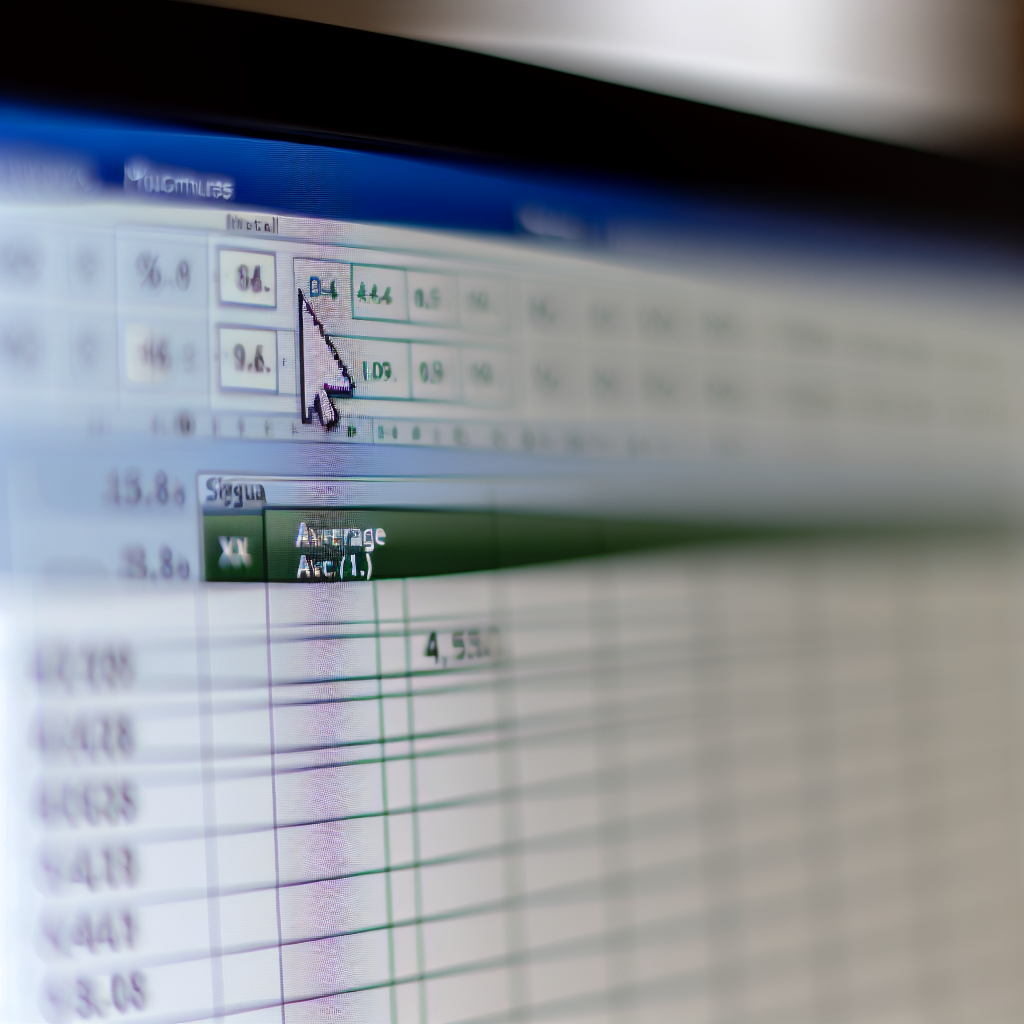Calculating averages in Excel is a fundamental skill that simplifies data analysis and helps in making informed decisions. Whether you’re new to Excel or looking to refine your skills, understanding the **AVERAGE function** enables you to quickly compute the mean of a dataset. In this article, we’ll explore how to calculate averages effectively using Excel formulas.
Understanding the AVERAGE Function in Excel
The **AVERAGE function** in Excel is designed to quickly compute the mean of a range of numbers. This function is particularly useful when you have large datasets and need to summarize the central tendency efficiently. To use it, simply select the data range you want to average and apply the formula.
Basic syntax:
=AVERAGE(number1, [number2], ...)- Where number1, number2, … can be individual numbers, cell references, or ranges.
How to Use the AVERAGE Function in Excel
Calculating an average in Excel involves these simple steps to ensure accuracy and efficiency:
- Select your data range: Highlight the cells containing the numbers you want to average.
- Insert the formula: In a new cell, type
=AVERAGE(). - Specify your range: Inside the parentheses, input the range (e.g.,
A1:A10) or individual numbers separated by commas. - Press Enter: The calculated average will appear, giving you a quick summary of your data.
For example, if your data is in cells A1:A10, the formula will look like this:
=AVERAGE(A1:A10)
Additionally, Excel allows you to use the function across multiple ranges or non-adjacent cells, making it flexible for various data setups. You can also combine the **AVERAGE** function with other formulas for more advanced calculations.
Conclusion
In summary, calculating the average in Excel is straightforward with the **AVERAGE function**. By selecting your data range and applying this formula, you can quickly obtain the mean of your dataset, streamlining data analysis. Mastering this function enhances your efficiency and analytical skills, making Excel an even more powerful tool for managing data.
